Why does the washing machine hum when draining water and how to fix it?
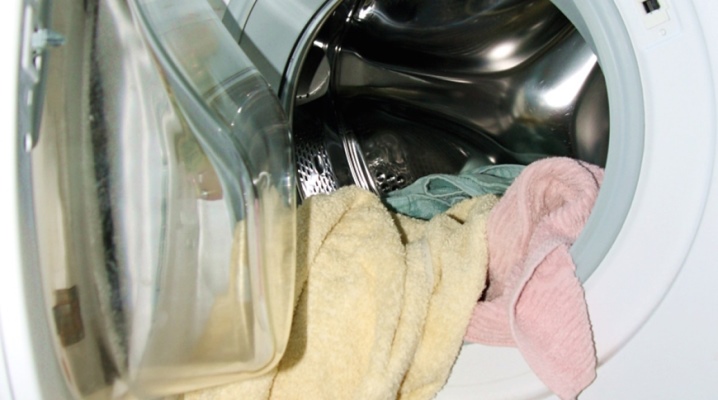
Even a new washing machine makes sounds throughout the wash cycle. Sometimes users may notice that the noise has become louder. Additionally, not quite characteristic sounds may occur that were not previously noted. Grinding, hum, squeak when the water is drained indicate a problem. It is important to determine the cause in time and eliminate it.
Causes
It happens that the washing machine hums too much when draining the water. The reasons are often very commonplace. The machine makes a grinding noise if not properly maintained. The problem may be caused by the use of low-quality detergents or other products. Often, the machine drains the water and starts making noise due to the lack of care for the drain system itself.

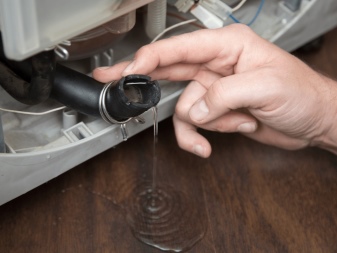
A hum in the last phase of a wash can occur for many reasons. Sometimes the washing machine cracks or squeaks. When sounds arise in the process of draining, the causes should be sought in the appropriate system. Common problems that lead to hum can be like this.
- The pump inside is clogged with some kind of debris.
- A blockage has formed inside the hose.
- The pump is out of order.
- The drain filters are clogged.
Usually, all problems are associated precisely with the presence of debris inside the washing machine. It is worth noting that if increased noise and unnatural sounds appear not only during the drain, then the breakdown can be complex.
The technique growls only in case of physical breakdown. Electronics and control module problems can be eliminated immediately.
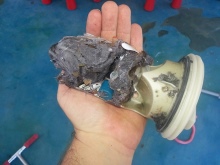
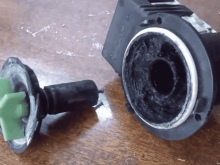
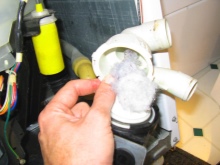
Remedies
Most users start to panic as soon as they hear strange noises when the washing machine is draining water. It is important to calm down and check for possible problems consistently. First, wait until the end of the wash cycle and remove the laundry from the drum. The most common reason for the appearance of extraneous sounds is the ingress of foreign objects into the drain system.
Very small parts can get inside the washing machine and cause damage. To begin with, you should check the small compartment into which all debris is usually sent. The sound may stop after cleaning it. Typically, the reservoir is located at the bottom, in the corner of the washing machine. Inspection should be done as follows.
- The floor under the compartment should be covered, as water will spill out after opening the lid.
- Unscrew the cover counterclockwise.
- Remove the filter and rinse under running water. If necessary, you can use a mild detergent.
- Inspect the hole in the machine for debris. Wipe with a cloth.
- Reinsert the filter and tighten. It is important not to rip off the threads, so you need to act carefully.
- Run the washing machine without clothes. Check if the noise is still there.
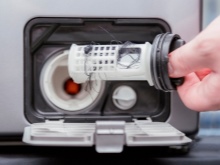
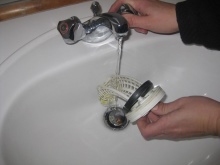
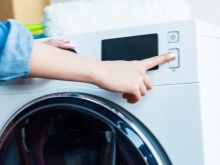
If the equipment was purchased recently, then transport bolts may remain in it. Sometimes they forget to unscrew them, and the washing machine makes a loud noise during the program. It is worth noting that in the instructions for the technique, manufacturers always write about the importance of unscrewing the transport bolts. It is very easy to eliminate such a misunderstanding. Throwing out the bolts is not worth it, they will come in handy in case of transporting the washing machine to a new place.
Incorrect installation of the technique may not be immediately noticeable, but give an unexpected result after a while. A slight misalignment can cause unnecessary vibrations. It is possible that the drain system itself is not connected correctly.You should check if the washing machine is level and twist the legs if necessary. Additionally, it is worth examining the connection of communications.
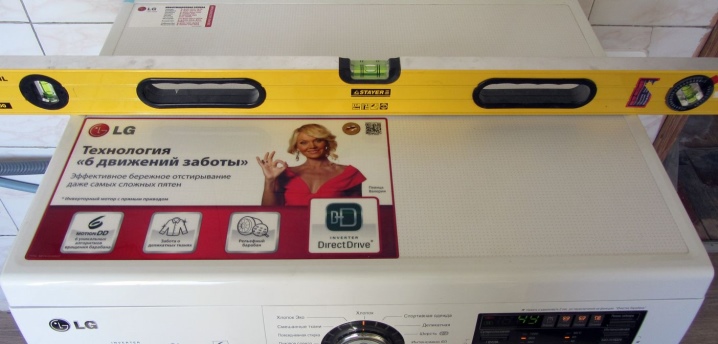
Extraneous noise may occur due to the unsuitable condition of the hose or pump. You will have to disassemble the washing machine for inspection. Much depends on the vehicle model. Usually, the instructions will provide information on how to get to the necessary parts. The options for examining the pump status are as follows.
- Some models do not have a bottom cover or can be easily removed. Then it is enough to turn the washing machine over to gain access to the bottom. The pump can be accessed from below.
- In household appliances made by Siemens, Bosch and AEG, things are slightly different. The necessary parts can be accessed from the front of the washing machine.
- The back hides the pump in Electrolux and Zanussi washing machines.
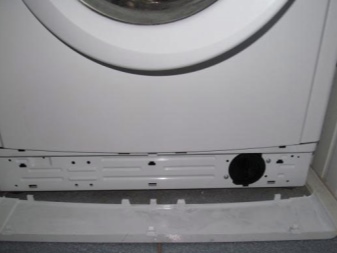
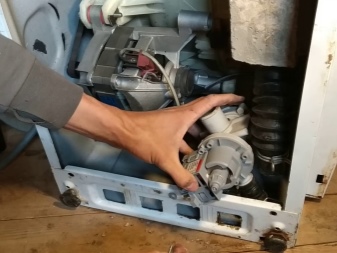
The pump should be cleaned if necessary. If something happens to the pump, then it will have to be replaced. It is not always possible to perform these actions yourself. Incompetent repairs can lead to complete damage to the drain pump. In some cases, it is much more effective to invite a master.
The drain hose and fittings come from the pump and may also cause strange noises. These parts can both get clogged and break. After disassembling the washing machine and gaining access to the pump, remove the clamp with which the hose is attached. The other side of the tube must be disconnected from the drain.
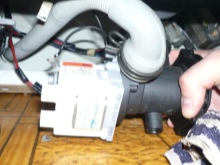
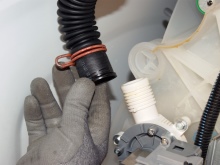

The hose should be removed and rinsed to remove debris and residue from detergents. To implement the plan, you will need a cable no more than 10 mm in diameter with a ruff at the end. The tool must not be metal, otherwise the pipes will be damaged. The procedure is as follows.
- Insert the cable into the hose.
- Stretch it back and forth several times.
- Rinse the tube under the tap.
- Install the part in its original place.
- Fully assemble the washing machine.
- Start a test wash. Additionally, you can use a washing machine cleaner.
If during inspection it is determined that the hose or other part is damaged, then replacement will be required. The new part must be identical to the old one. It is better to go to the store with the removed item. It is not worth saving, because the quality of a new hose or other part determines how long household appliances will last.
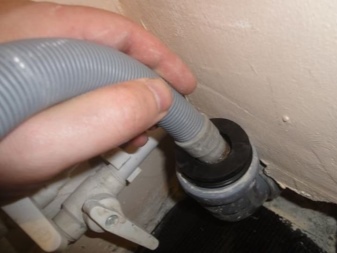
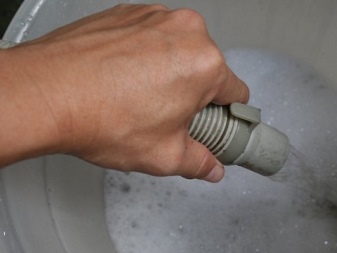
Prevention methods
The washing machine most often starts making noise when draining water because the owners do not properly care for it, do not clean the drain system. It is quite easy to prevent the appearance of extraneous sounds. It is worth adhering to such recommendations.
- Clean the washing machine regularly. The drum should be cleaned every 10 days. Hard-to-reach parts are cleaned every 3-6 months, depending on the intensity of use.
- It is recommended to use a special tap water softener.
- The drain filter of the washing machine should be cleaned of dirt at least once a month.
- All pockets of garments should be carefully checked before placing them in the drum. Any foreign objects, even torn off buttons, can damage the filter and pump.
It is quite easy to identify the cause of the extraneous sound when draining the waste water. You can also fix the problem yourself. Only in rare cases will it be necessary to change parts, which requires special skills.
After solving the problem, it is worth taking proper care. So it will turn out to protect the equipment from future breakdowns.
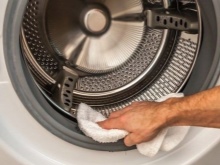

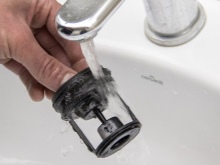
See below for these and other causes of washing machine noise.













The comment was sent successfully.